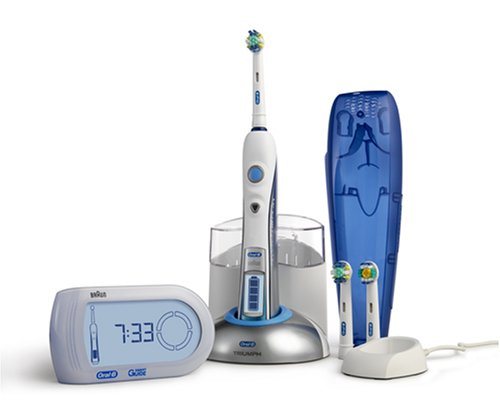PERILS OF DENTIST PRACTICE INFECTIONS
INTRODUCTION
There are about 10,000 Dental practices in the UK with the General Dental Council (GDC) having about 156,000 registered Dentists. According to NHS Dental Statistics, 36 million courses of dental treatments were carried out in 2007-2008. There are hundreds of harmful micro-organisms that are passed through blood or saliva, both of which are present in dentistry. The use of headpieces, water and ultrasonic instruments, blood and saliva are transmitted easily. Most dental procedures will involve contact of the dentists and dental nurse with patient blood and saliva. As a result of this, the cleanliness and hygiene quality in a dental practice, has to be maintained to certain standards as directed by the NHS.
FUNGI AND VIRUSES INFECTIONS
Proper infection control ensures patient, doctor and staff safety. The infections relevant to dental practices include the following:
FUNGI
Candida albicans -involved in oral thrush and denture stomatitis.
VIRUSES
Hepaitis A, B, C -blood borne infection that lead to liver diseases.
Herpes Simplex type 1- involved in cold sores
Human Immunodeficiency Virus- blood /saliva borne infection can lead to AIDS
BACTERIA INFECTIONS
1. Streptococcus mutans-involved in dental carries found on surfaces
2. Staphylococci- causes gingival and skin boils found on surfaces
3. Porphyromonas gingivalis- causes periodontal disease found on surfaces
4. Mycobacterium Tuberculosis- airborne infection
5. Legionella pneumophilia- airborne droplet infection found in air vents
OTHER DENTAL PRACTICE INFECTIONS:
PROTOZOAL
Amoebiasis, Cryptosporidiosis, Cylocsporiasis, Giardiasis- water borne gastrointestinal infections
PARASITIC INFECTIONS
Schistosoiasis, Ascariasis, Entrobiais - also water borne skin and gastrointestinal infections.
PRIONS
Creutzfeldt-Jakob disease - water bound air particle causing brain disease.
MERCURY POISONING...
The silver filling in the tooth also known as the Dental Amalgam are used widely by dentists and consists of 50% Mercury, 35%Silver and 15% Tin and other metals. These are highly toxic and dangerous to both the patient as well as dentist. The aerosol spray can spread in the air and accumulate in the air way passage while drilling or scraping procedures.
(Click here to read more about dental poisoning)
WHAT ARE THE RISKS?
The people that are prone to infection will be Dentist, Staff and Patients. Patients or relatives of patients waiting in the reception are also prone to catch the infection if the air or the surfaces are not clean. Air vents are major source of infection that can transmit infections any where in the Dental clinics. Surfaces also contribute to spread of infection. So, in general people once in the Dental Surgery are at risk of contamination if the surgery does not meet standards of hygiene.
WHAT IS THE COST OF INACTION?
Majority of the Dental practices are private. Patients are well aware of the different types of infections and are very cautious about going to a Dental practice that does not maintain certain standards of cleanliness. Steam sanitisation and air purification gives confidence to patients and Dental teams that cross infection will not be an issue.
WHAT ARE THE BENEFITS OF ACTION?
Dental practices are all about how well the practices market their services. There are more than 10,000 Dental practices across the UK. Competition is fierce and patients are aware of hygiene. Steam Sanitizers and Air Purifiers are used in health care settings and they ensure that cross infection is reduced to minimal levels.










